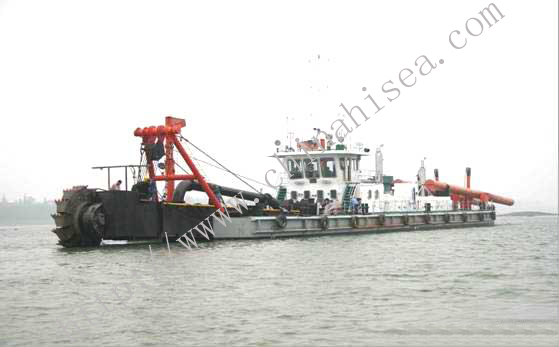
For validation purposes also model test will be performed. These are finite size particles which interact with the flow and with each other.

The rock will be modelled using a Discrete Element Method (DEM). The importance of different processes in the cutter head will be assessed using both a numerical model and performing model tests.įor the modelling purpose a finite volume package OpenFOAM is used. This research focusses on the second kind of spillage.The goal of this research is to describe the mixture processes of cut rock in a dredge cutter head. After the rock enters the cutter head and it is thrown out again, it is considered spillage due to the mixing process. When they are pushed away the rock is considered spilled due to the cutting process. The pickpoints at the blades of the cutter head chisel away the rock, the pieces of rock can either enter the cutter head or be pushed away from the cutter head.

Spillage is caused by the cutting process and by the mixing process of cut rock with water in the rotating cutter head. This spillage can be defined as the amount of rock that is cut, but is not sucked up through the suction mouth. When cutting rock, current cutter heads can spill up to 50% of the cut material.


 0 kommentar(er)
0 kommentar(er)
